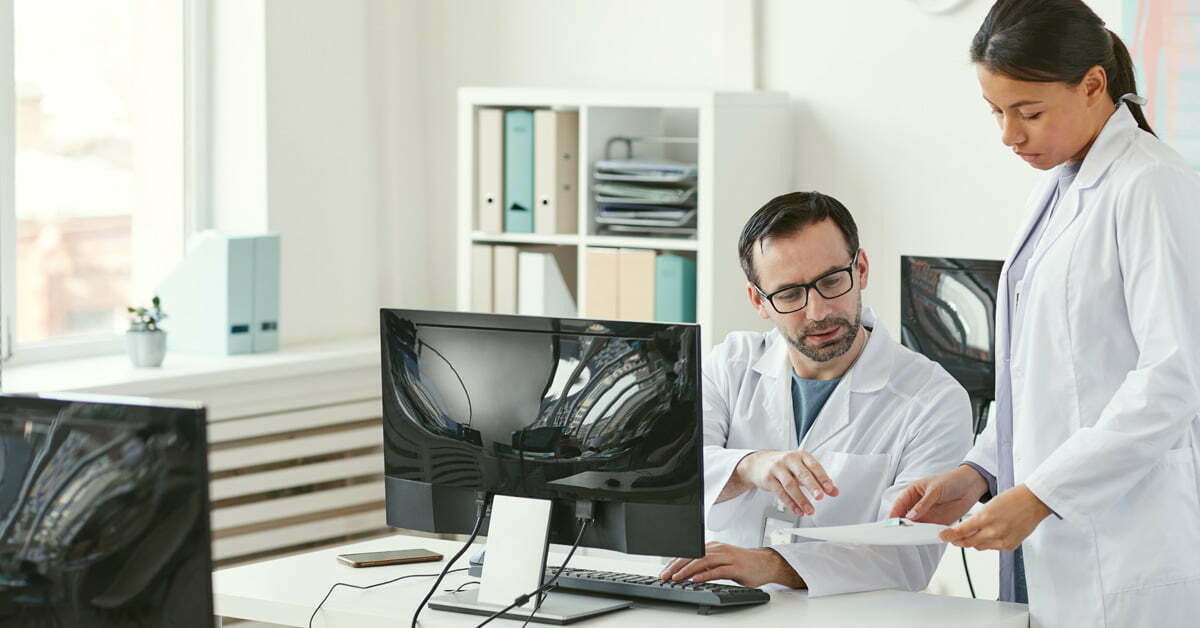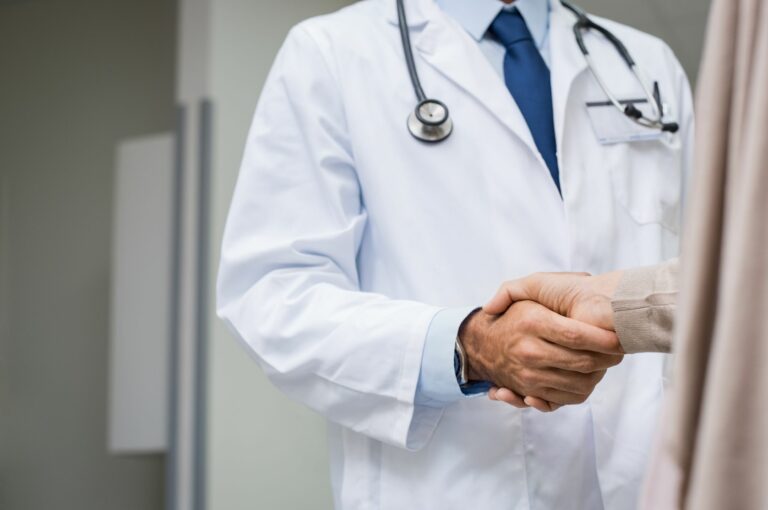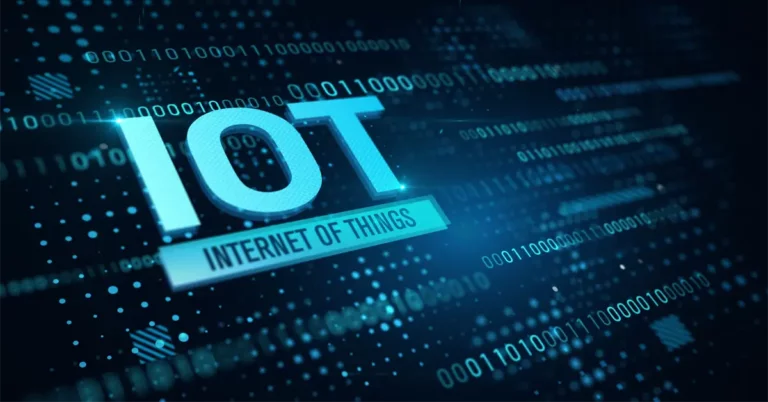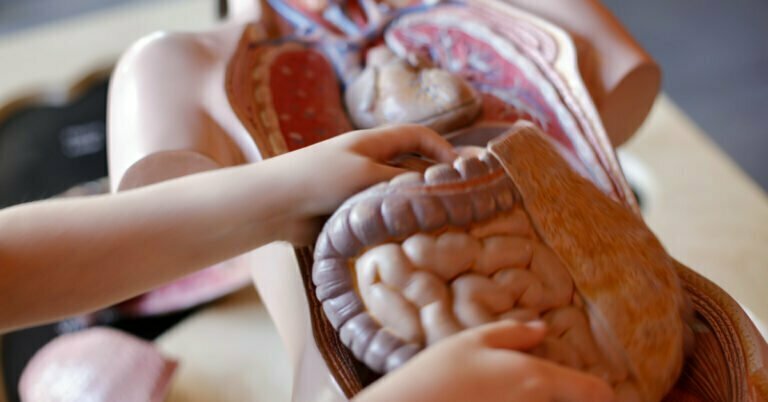Healthcare workers are essential for expanding healthcare coverage. Their availability, accessibility, and acceptance to provide care are crucial to attain the highest possible standard of health. By 2030, the World Health Organization (WHO) anticipates that 18 million health workers would be needed, largely in low- and lower-middle-income countries.[1] However, there are problems for countries at all stages of socioeconomic development when it comes to workforce education and training, getting jobs, keeping jobs, and performing well.
In the year 2035, the global deficit of healthcare personnel is expected to reach 12.9 million. At the moment, that number stands at 7.2 million.[1] According to a WHO report presented at the Third Global Forum on Human Resource for Health in 2013, if the shortages outlined in the report are not addressed, they will have major consequences for the health of billions of people around the world. Despite the fact that rural areas house roughly half of the world’s population, just 38% of nurses and 25% of doctors work in these areas.
Remote patient monitoring (RPM) addresses the healthcare shortage by allowing patients to be cared for in the comfort of their home, where more and more patients are being diverted to ease the burden on overcrowded and understaffed hospitals and emergency departments. Less travel time, lower costs of care delivery, more timely access to care, and enhanced communication between healthcare providers and patients are just a few of the advantages of RPM.
1. Collecting Reliable Data from Health Databases
Instead of physically walking from room to room, clinicians can employ remote patient monitoring tools to keep an eye on these patients while they heal in their own homes. This makes efficient use of their time throughout the day, allowing providers to swiftly monitor the patient’s vitals, offer them necessary reminders, and assist them in achieving their long-term health goals. Patients, caregivers, and home health aides can all record crucial information including a patient’s vital signs, physical and emotional status, eating patterns, and medication adherence using remote patient monitoring technology. This reduces the need for in-person health care by lowering readmission rates and avoiding unplanned trips to the emergency room, which can overwhelm staff and raise healthcare costs, so it’s better to avoid them.
Remote patient monitoring and other wireless medical equipment make it simple for providers to collect data about their patients. Data analytics and electronic health record systems will organize patient data, allowing doctors to swiftly make sense of it. This cuts down on the time it takes for providers to enter data into the system, generate reports, and make treatment recommendations.
2. Health Services Made More Accessible and Acceptable by the Community
Remote patient monitoring can assist healthcare facilities in reducing the number of patients who require in-person care. Patients recovering from surgery and those with serious chronic illnesses will need to be watched 24 hours a day by a healthcare expert. Healthcare providers can monitor these patients remotely using digital health apps. Providers can use this technology to improve health outcomes and prevent future emergencies by having 24/7 access to their patients.
The healthcare provider can also reduce patient visits while taking on a greater number of patients by reducing the number of in-person home visits while offering the same number or more actual contacts. In addition to providing additional assistance in healthcare, remote patient monitoring (RPM) monitors the patient’s biometrics, vital signs, and symptoms as well as communicates with the patient virtually to support the plan of care, clinical assessment, and educate the patient. Nurses, for example, often devote around 10% of their time to teaching patients about their diagnoses and treatment options. Nurses can rapidly and effectively educate patients using digital health tools. The importance of coordination across the care team cannot be overstated using remote patient monitoring devices.
3. Balancing the Global Distribution of Healthcare Workers
In many parts of the world, developments in modern science and public health have resulted in vastly improved health conditions, but people in the poorest countries lack access to the most cutting-edge technology in healthcare delivery systems and healthcare workers. Health workers are distributed inequitably over the world, with significant disparities between industrialized and developing countries. Inequality within countries also exacerbates the global worker deficit. In comparison to cities, rural areas have a shortage of qualified personnel. This could be augmented by mending some constraints in the system.
Remote patient monitoring can help healthcare providers streamline their daily routines so they can spend more time caring for patients and less time completing redundant stages and manual processes. Simple healthcare activities that are delegated to highly trained professionals often lead to an imbalance in healthcare. Workers with little training can improve the efficiency of healthcare services by being assigned to work that demands less-skilled personnel can competently deliver and accomplish. This scarcity can be augmented with volunteers, community health workers, and adequate supervision and support via remote patient monitoring from specialized healthcare providers.
Takeaway
In developing countries, there is a greater scarcity of healthcare staff. The critical scarcity of healthcare staff has hampered progress toward health-related development goals. Integrating the ability to reduce in-person visits through the use of remote patient monitoring technology can provide financial benefits to both healthcare providers and patients, and could potentially have a positive effect on the prognosis of the patient. Remote patient monitoring can help improve patient retention, shorten time on task, improve appointment compliance, reduce overhead expenses, expand medical access to underserved areas, and reduce in-person liability.
References:
- World Health Organization. (2016, November 2). 3rd Global Forum on Human Resources for Health. World Health Organization. http://www.who.int/workforcealliance/forum/2013/hrh_commitments/en/








